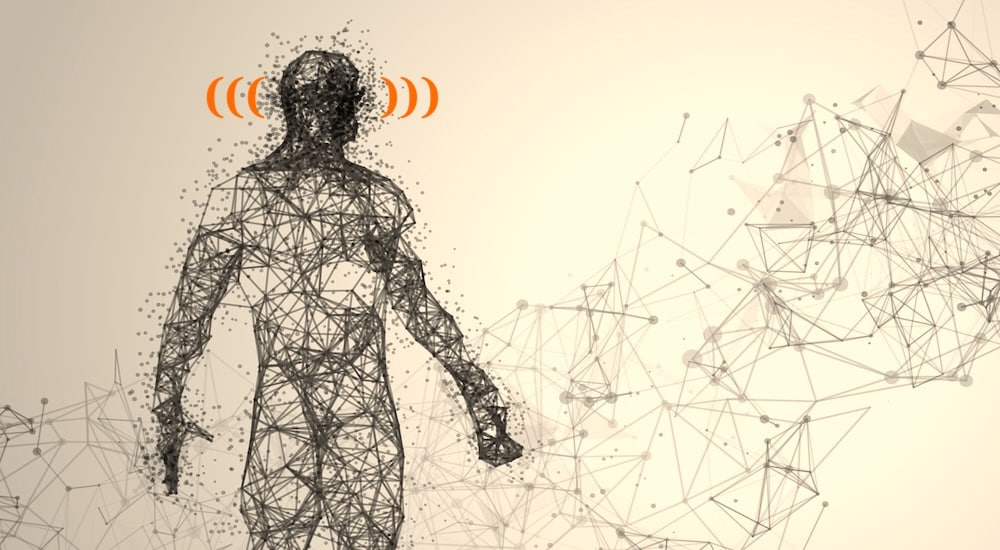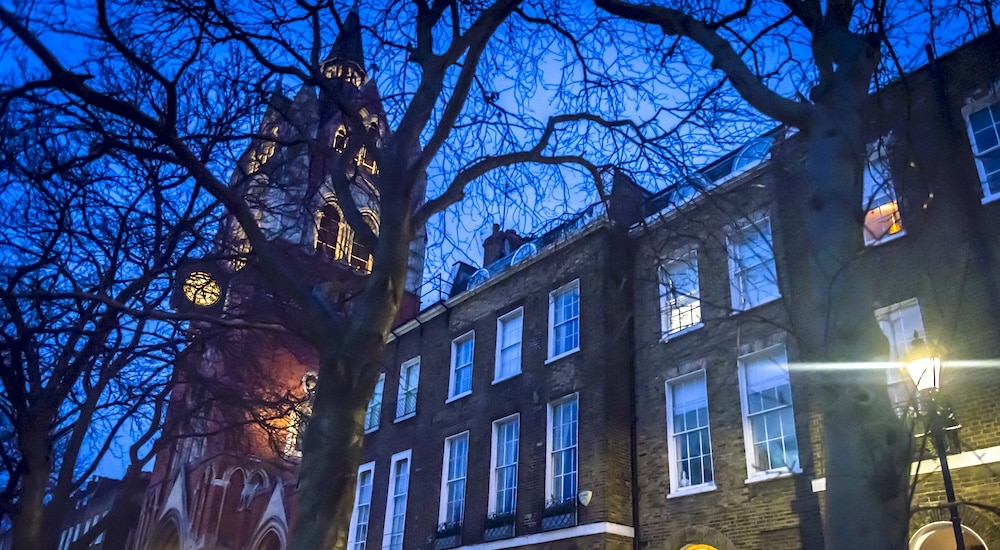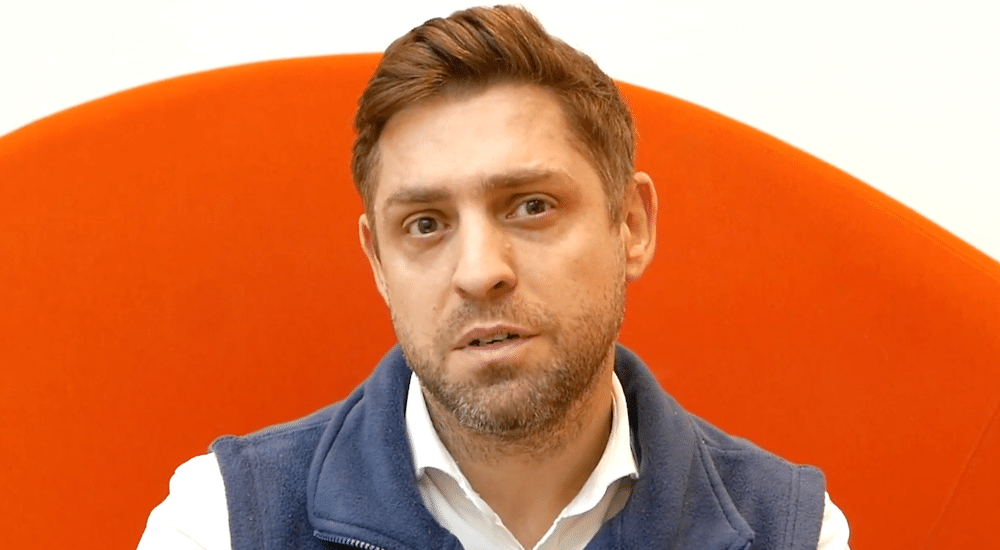Brigham biomarker breakthrough brings diagnostic hope in evaluating tinnitus
The lack of objective measurement of tinnitus severity has long been in the way of advancement of studies and therapy for tinnitus, which affects some 12% of the USA's population, and 25% of individuals aged 65 and older. Researchers making breakthrough liken current tinnitus evaluation to trying to gauge cancer severity through self-assessment questionnaires. What better way do they think they have found?

Observing bodily threat signs could help measure tinnitus severity.
©iStock - Kolocim
US researchers may have found a new low-tech way to spot biomarkers for tinnitus. Thanks to scientists at Boston's Mass General Brigham (MGB), measurement could be achieved in the future through simply clocking patients' fight, flight, or freeze responses as they listen to unpleasant sounds.
And what is "really exciting" about this way of observing tinnitus severity, said corresponding author of the research, Daniel Polley, is that it "didn’t require highly specialised brain scanners; instead, the approach was relatively low-tech".
"If we can adapt this approach to consumer-grade electronics, they could be put to use in hearing health clinics, as objective measures in clinical trials and by the public at large," said Dr. Polley, vice chair for basic science research and director of the Eaton-Peabody Laboratories at Mass Eye and Ear, and also director of Mass Eye and Ear’s Lauer Tinnitus...
This content is reserved for subscribers to Audiology Worldnews
Already subscribed Log in
 Sign in
Sign in

